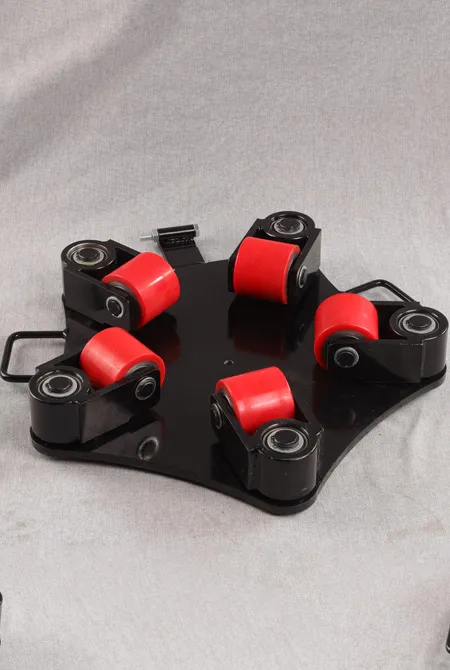machine moving & rigging
The Art and Science of Machine Moving and Rigging
Machine moving and rigging are critical components of industrial operations, requiring specialized skills, equipment, and an in-depth understanding of engineering principles. As industries continue to evolve, the need for efficient and safe machine relocation has become vital. Whether it’s transporting heavy machinery between facilities, setting up new installations, or relocating equipment within a manufacturing floor, careful planning, and expert execution are essential.
Understanding Machine Moving
Machine moving involves the transportation of large and heavy equipment from one location to another. This process is not as straightforward as it might seem. The complexity arises from the sheer weight and size of the machines, as well as their intricate components that need to be handled delicately to avoid damage.
The machine moving process begins with a thorough assessment of the equipment. Knowledgeable professionals evaluate the weight, dimensions, and structural integrity of the machinery. This analysis dictates the choice of equipment required for the move, which can range from standard dollies and forklifts to specialized machinery such as cranes and skates.
Once the necessary equipment is determined, a detailed plan is developed. This plan outlines the steps for disassembly, transport, and reassembly of the machinery. Safety is a primary concern during this phase. Appropriate safety measures, such as securing load weights and ensuring proper rigging practices, are essential to prevent accidents.
Rigging The Backbone of Machinery Relocation
Rigging is the process of using ropes, chains, cables, and other tools to lift and move heavy objects safely. In the context of machine moving, rigging is not only about lifting the equipment but also about balancing and controlling the machinery to ensure it does not sway or fall during transport.
machine moving & rigging

There are two main types of rigging static and dynamic. Static rigging involves securing the load in a fixed position, while dynamic rigging allows for movement. A skilled rigger must understand weight distribution, center of gravity, and load limits to create a safe rigging system.
Selecting the right rigging gear is crucial. Various types of slings, shackles, and hoisting devices are available, each suited for specific tasks. Professionals typically follow strict industry regulations and standards, such as those set by the American National Standards Institute (ANSI) and the Occupational Safety and Health Administration (OSHA), to ensure safety and compliance throughout the rigging process.
The Importance of Skill and Training
The success of machine moving and rigging heavily relies on the skills of the technicians involved. Proper training is essential, as it equips workers with the knowledge to handle the complexities of the tasks. Educational programs and certifications in rigging and heavy lifting provide the workforce with the competence necessary to perform safely and efficiently.
Alongside technical skills, communication and teamwork play pivotal roles in the machine moving process. Coordinated efforts between riggers, operators, and laborers ensure that everyone is aware of their responsibilities and that the moves can be executed without delays or accidents.
Conclusion
As industries encounter increasingly larger and more sophisticated machinery, the art and science of machine moving and rigging continue to grow in importance. The combination of technical knowledge, safety protocols, and skilled labor creates a reliable framework for transporting heavy equipment efficiently.
In an era where downtime can lead to significant financial losses, companies must prioritize effective machine moving and rigging practices. By investing in training and equipment, and by following best practices, organizations can achieve seamless relocations of their machinery, ensuring operational continuity and safety for all involved. Looking ahead, advancements in technology and techniques will likely continue to enhance the field, paving the way for even more efficient and safe machine moving processes.
-
Dawei Hand Pallet Truck 1200mm, 2000–5000 KGS Heavy-DutyNewsNov.17,2025
-
Dawei Hand Pallet Truck, Fork Length 1200mm, 2000–5000kgNewsNov.17,2025
-
Large Equipment Movers – Safe, Insured & On-Time ServiceNewsNov.17,2025
-
Machine Moving Dollies | Heavy-Duty, Low-Profile, SafeNewsNov.17,2025
-
Permanent Lifting Magnet - Heavy-Duty, Safe, Quick ReleaseNewsNov.11,2025
-
PML 1000 Lifting Magnet - Heavy-Duty, Safe, No PowerNewsNov.11,2025
-
Large Equipment Movers: Safe, Fast, Certified ProsNewsNov.11,2025
